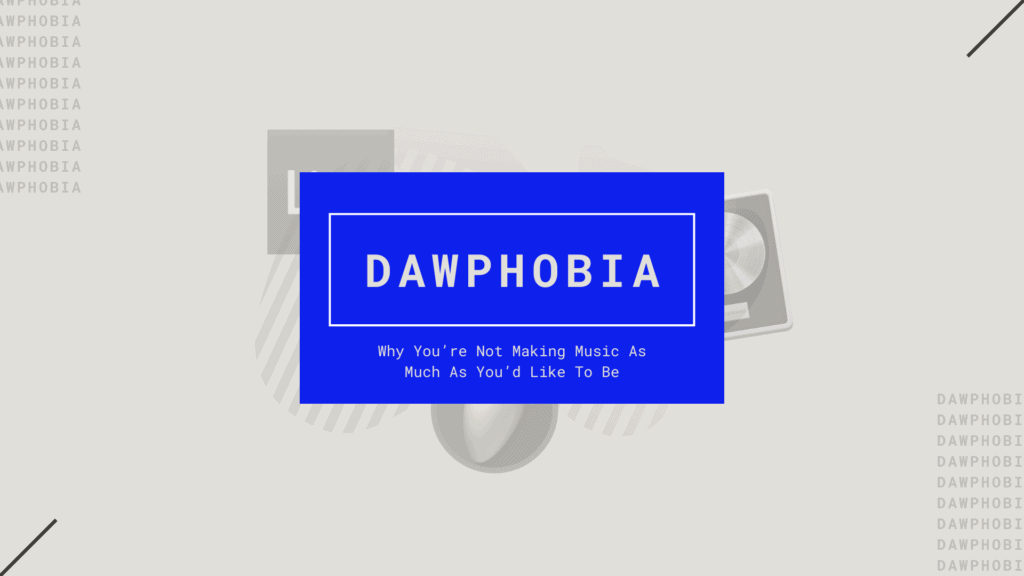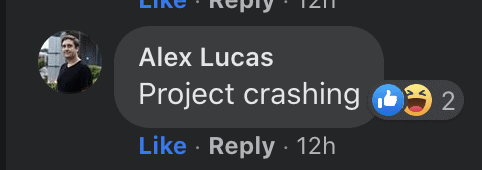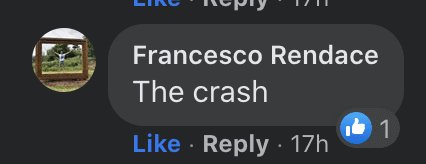Let’s be real – opening the DAW is scary.
Whenever we as producers think about making music, we encounter this force that stops us from doing just that.
Author Steven Pressfield calls it ‘the resistance’. Writer James Clear calls it ‘friction‘. Others might call it a form of ‘creative block‘ or ‘writer’s block’.
But as a producer, I like to call it ‘dawphobia’.
With thousands of directions you can go in, and so many reasons that things could go wrong, the mere thought of having to make music can often seem disheartening.
But how can you overcome this ‘dawphobia’ and start making the music you want?
In this article, we’ll cover exactly that, including:
- The real reason that opening the DAW is scary.
- Why overcoming ‘dawphobia’ is probably the #1 thing that’s holding you back.
- How to turn your DAW sessions into habits.
- Some practical hacks you can implement today for overcoming this fear.
- Other factors that can be holding you back from making more music.
Let’s dive in – starting with a deeper look at the problem.
But first, if you’re a new producer, opening your DAW is only the first step. You need a comprehensive guide for learning all of electronic music.
That’s why we created our FREE eBook – How To Make Electronic Music. You’ll learn about all the techniques, the gear, workflow and much more.
Download it below.
Why Opening The DAW Is Scary
Producers often underestimate the power of mindset.
A poor mindset stops you from finishing music. A poor mindset stops you from taking risks. And yes, a poor mindset can stop you from opening the DAW.
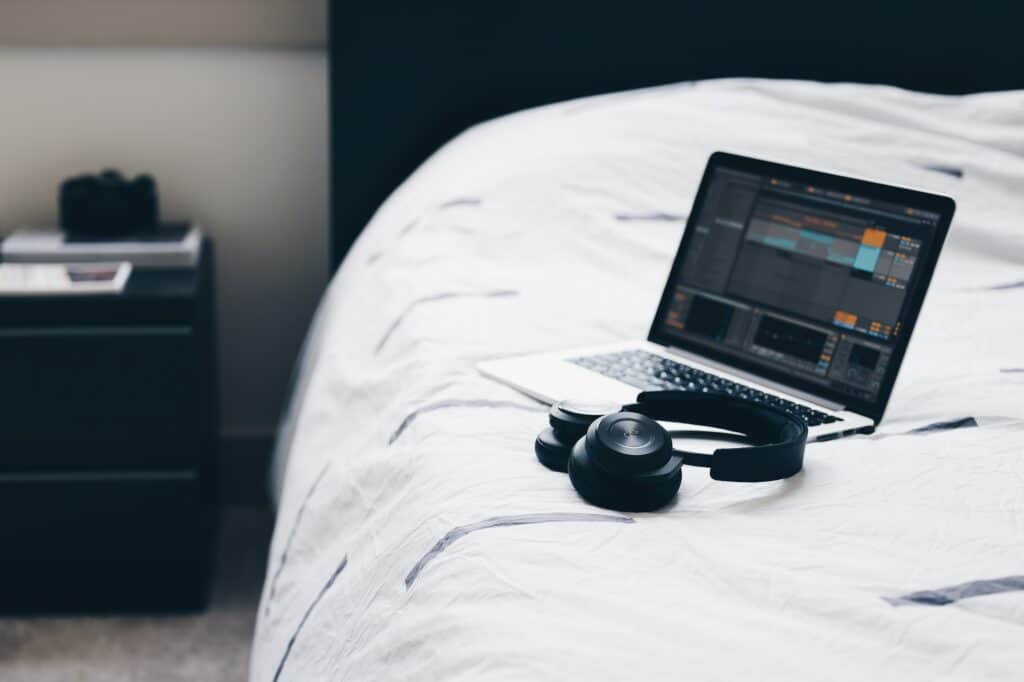
This is because we’re only human, and humans have a tendency to build up fear at the thought of performing an activity, even before we’ve taken the first step.
And I’ll tell you something – overcoming this hurdle is the one thing that is going to help you grow. Especially if you’re a beginner.
Why? Because:
Opening the DAW ➡ Starting Ideas ➡ Finishing Ideas ➡ Improving Your Skills
It’s the first link in the chain, and without it, you have no hope of getting anywhere.
But here’s the problem – it’s subtle.
It’s not as obvious as the problem of having 50 unfinished ideas. Opening the DAW might be a minor mental decision, but it has massive implications.
It’s easy to tell yourself, “I won’t open the DAW today, that’s for tomorrow.”
But what you don’t realize is that tomorrow you’ll have the same hurdle and the same excuse.
Then suddenly, weeks, months, or even years have passed and you still haven’t touched your DAW.
And you’ll never make music.
It’s the silent killer of thousands of potential producers. So how do we overcome it?
Recommended: The Best DAWs for Electronic Music
Turn ‘Opening The DAW’ Into A Habit
The first thing you need to do is just click it.
Right now.
Click your DAW open.
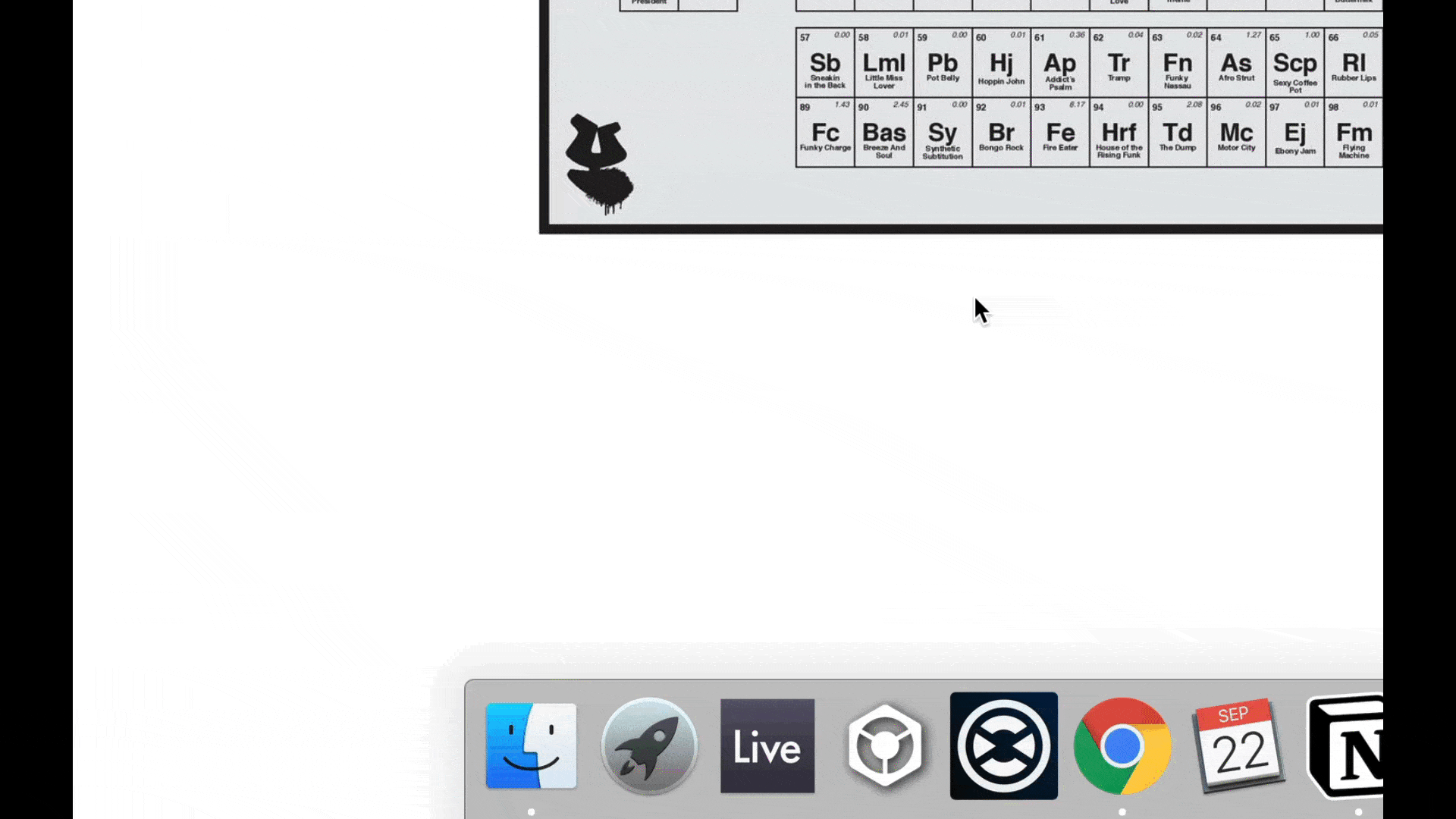
…
See, was that hard?
Great, you just overcame 50% of the problem.
You might already be thinking ‘how does this even help?’ – but bear with me.
Yes, it’s not enough to open your DAW once, work on some music and pat yourself on the back. But you just convinced yourself to perform the action.
Believing that you can is the way forward.
There’s a reason the Bruce Less ‘10,000 kicks’ analogy is popular. For those who haven’t seen it, here it is:
I fear not the man who has practiced 10,000 kicks once, but I fear the man who has practiced one kick 10,000 times.
Bruce Lee
You need to build this simple action into a habit that you perform daily, over a long period of time.
And it just so happens that opening the DAW sets in motion everything else you need to grow as a producer.
Like I said – subtle but crucial.
In fact, in his book Atomic Habits, James Clear talks about the importance of this initial step when forming habits.
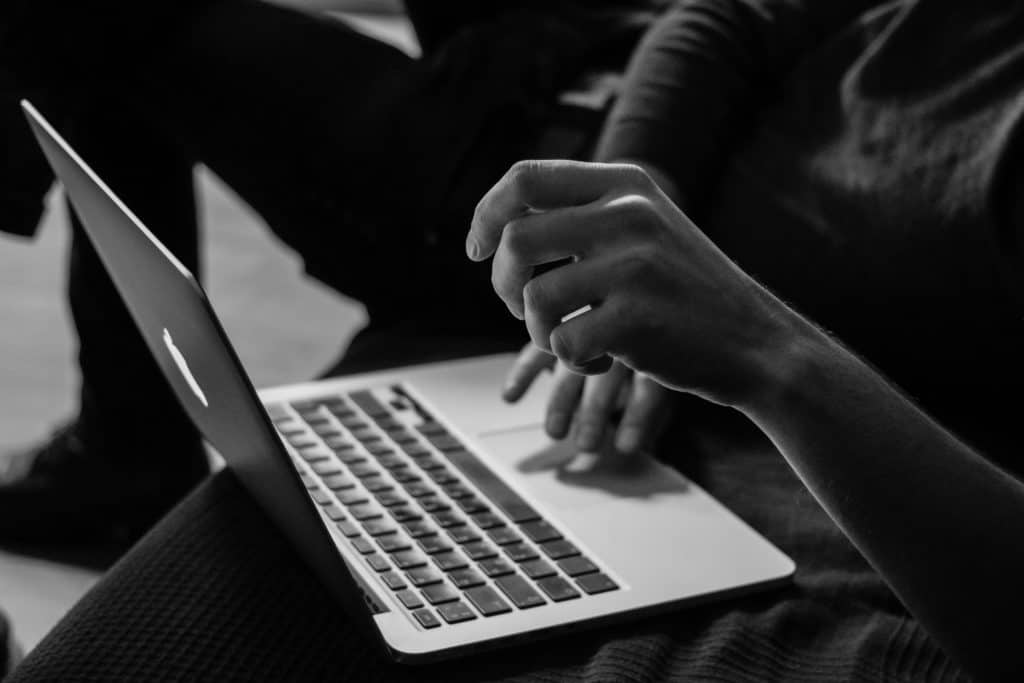
In the case of music production, opening the DAW is the first thing that signals to your brain that it’s time to work on music.
So what can you do about this?
My recommendation – simply tell yourself that you will open the DAW each day.
You don’t even have to make music. Just click it, like you did earlier.
If you do this, you’ll notice an interesting pattern – you’ll be more likely to follow through with making music.
Practical Hacks For Overcoming ‘Dawphobia’
On that note, he also takes about two other concepts: reducing friction and environment design.
I briefly mentioned it earlier, but friction is simply the amount of energy required to take a certain action.
Generally speaking, more friction = less likely to take action.
As you may have started to realize, ‘dawphobia’ creates a lot of friction, resulting in you giving into your excuses.
But you can reduce this friction, through this other concept of environment design.
And I’m not talking about hippie scientists drawing a picture – I’m talking about setting up your studio workspace in a way that’s optimal for you to overcome ‘dawphobia’ and start working on more music.
- Hack #1: Auto-open Your DAW on Startup
- Hack #2: Use A Separate Computer Account
- Hack #3: Use A (Simple) Template
- Hack #4: Limit & Curate Your Options
- Hack #5: Avoid Crashes By Updating & Buying Your Software
- Hack #6: Reduce Your Expectations
- Hack #7: Improve Your Skills
Recommended: The Producer’s Guide to Workflow & Creativity
Hack #1: Auto-open Your DAW on Startup
Nothing like reducing friction than you not even having to do anything.
Enabling your DAW (Ableton Live, FL Studio, Logic Pro X etc.) to open up when you turn on your computer is a genius way to avoid this ‘dawphobia’.
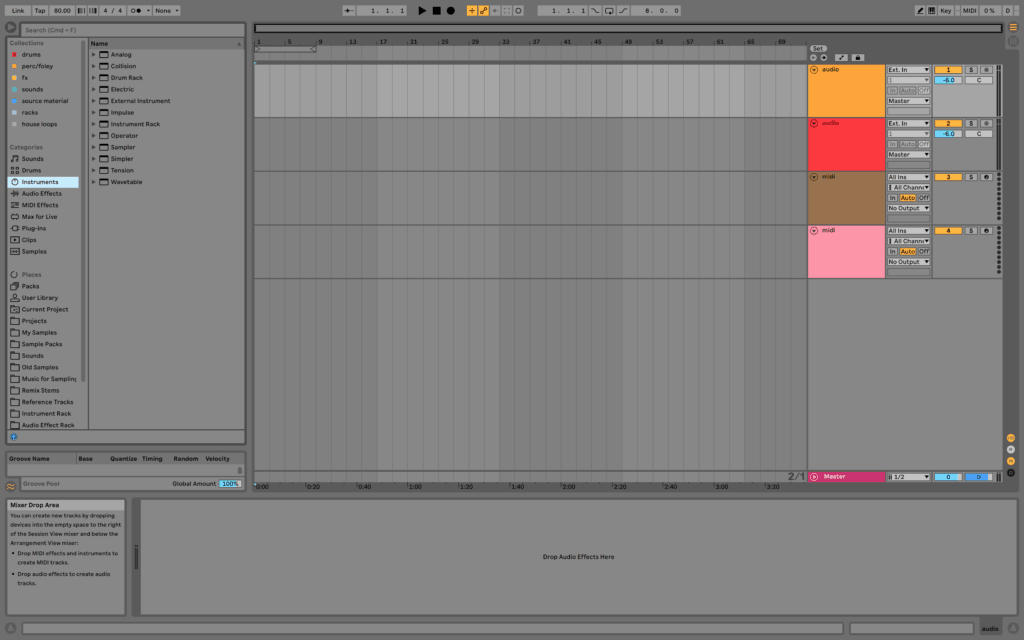
Immediately, you are presented with the environment you need to make music. If you have the option, you could even auto-open the project you were last working on (if possible).
The idea here is that less clicks = less friction, and that you’ll have one less thing to worry about.
Now I know what you’re thinking – that it might be annoying if your DAW opens up every time you want to get onto your computer. Which leads me to hack #2…
Hack #2: Use A Separate Computer Account
Computers and the internet are a blessing and a curse.
On the one hand, I can tweet at the president of the US on demand.
Yet on the other hand, I can tweet at the president of the US while I’m supposed to be working on music.
To avoid scenarios like this, you can create a seperate computer account.
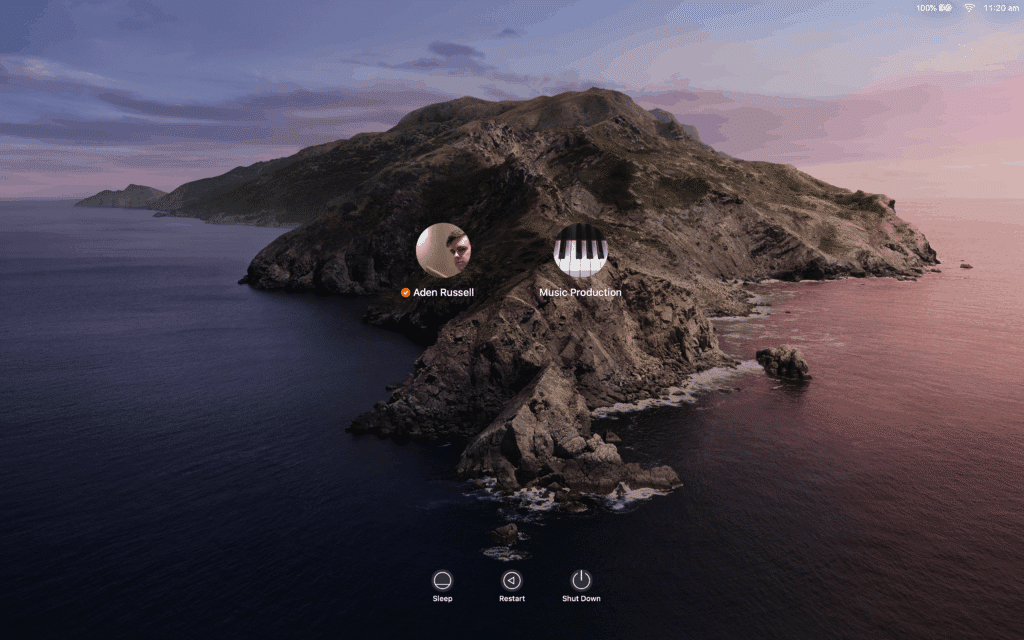
The premise for this is simple – keep your main account for general computing tasks (browsing, email, gaming) and your music account for music production.
That way, you treat each account for its specific purpose, and it’s the next best thing to having a dedicated music production computer.
The temptation to browse Twitter is lower because you don’t have the option.
Now there is a downside to this – it can actually increase friction if you’re not careful. This is because instead of just opening your DAW, you have to log out and switch accounts.
Thankfully, this is pretty easy on most modern computers, so it’s not much different. But to make it easier, combine it with hack #1 and you won’t actually add more steps.
Even better – the best way to avoid this problem is to load up your music account by default.
Some other things you can do on this music account:
- Disable your internet connection, or at least your browsers (if using something like Splice)
- Don’t install games or any other distractions. If you can, dedicate this account ONLY to music-related software and resources.
- Disable notifications.
- You can integrate this with what I like to call ‘the producer ritual’ to make it more habitual.
Hack #3: Use A (Simple) Template
I want to be careful here, as templates can either be done wrong or right.
The wrong template will have 20+ tracks, each loaded with a plethora of plugins and devices.
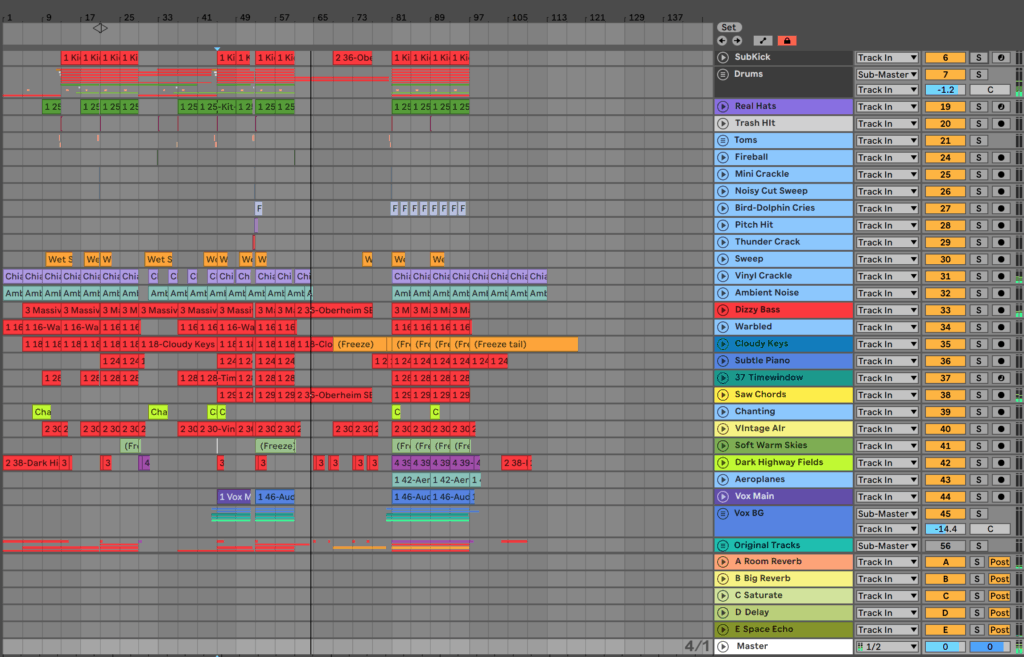
The right template will have a few deliberate tracks, and perhaps a couple of plugins where necessary.
And most importantly, it will encourage you to open the DAW and get creative.
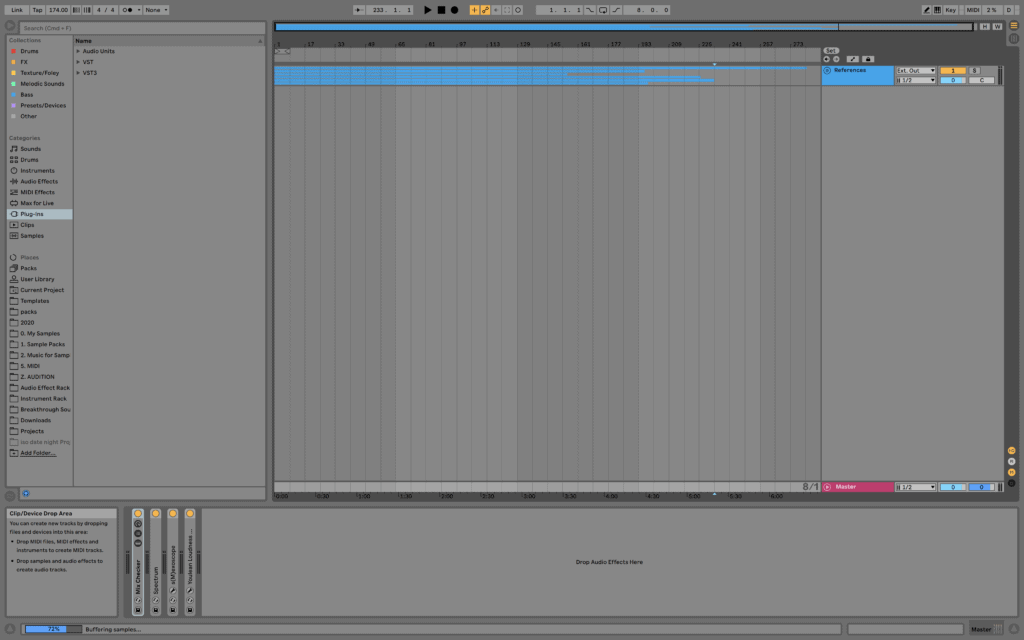
The blank DAW is perhaps the most prevalent reason for ‘dawphobia’.
This is because your options are endless, and as we know, endless options are actually worse for creativity.
A template reigns in your focus and gives you a direction to work, without being overly restrictive.
Here are some ideas for your template:
- Return tracks with commonly used FX.
- A drum rack for sketching down quick drum patterns.
- Your favorite synth loaded up with a solid sound for jamming on.
- A good reference track to use for the mixdown and creative inspiration.
- Your favorite colors for each track type.
You can take this concept further for general workflow improvements:
- Change your default plugin/device settings for your most-used devices.
- Change your default track settings to optimize dB level, naming, and more.
And this hack works particularly well when combining it with…
Hack #4: Limit & Curate Your Options
The saying ‘less is more’ is absolutely applicable to the world of music production.
Unfortunately, the common image portrayed by ‘dream studio Instagrammers’ is one of having excess plugins, gear, and more.
But here’s the truth: too many options will increase friction and overwhelm you.
And then, you won’t feel like opening the DAW.
A big part of this is setting aside time to curate not only less plugins, samples, presets and gear, but also the right options.
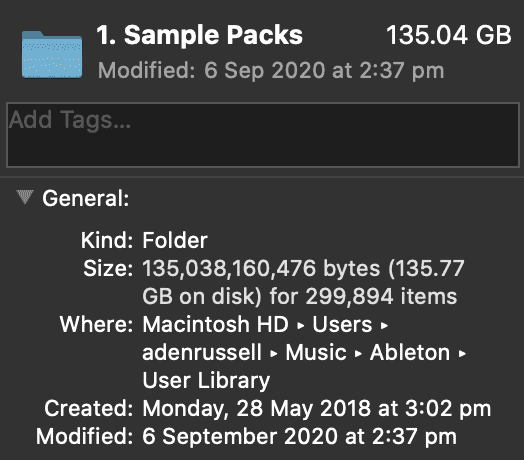
What’s right for one producer may be wrong for another. The point is that you pick tools and resources that help you achieve the sound you are after.
For example, you don’t necessarily need a bunch of trap chants if you make ambient music (or do you?)
There is a fine line here, so perhaps still leave some of the more ‘weird and wonderful’ sounds or plugins on there for the moment you want to try something different.
But don’t justify having useless sample packs for this reason. You have to be a bit ruthless, but it’s key for inspiring creativity.
Some ways to enhance this:
- Use dedicated folders or systems for your most-used resources
- Structure your samples and presets wisely – try to avoid having too many subfolders.
Recommended: The Producer’s Guide To File & Sample Organization
Hack #5: Avoid Crashes By Updating & Buying Your Software
Before writing this article, I asked some of you in our artist Facebook community what makes you scared of opening the DAW.
One of the most common responses was ‘crashing’:
Now of course, crashing isn’t always avoidable. Even with the most up-to-date and solidly-tested software, you can get crashes.
And this is discouraging, especially when something is a repeat offender.
What comes after this is our old friend ‘dawphobia’ – we really want a certain tool to make music, but it’s not working, so we don’t even get into the DAW.
So how do you get over this problem?
You can’t avoid crashes, but you can minimize them.
The first thing you can do is regularly update your DAW and plugins. Auto-update if you can.
It’s often a common misconception that updates cause issues in themselves. This is sometimes true, but it’s more often that old versions are the problem.
Note: this does not include your computer’s operating system. Always wait before doing this, otherwise, you will run into incompatibility issues fast.
Additionally, although some of you might not want to hear this, you have to actually buy the software you use.
Yes, we’ve all been there where we use cracked versions. But we can’t expect these versions to work well.
Buying plugins not only ensures they will run as the developer intended, but you also get the support that comes along with them.
So when you run into issues, you can alert the developers and they can fix the issue.
For me, it also helped me feel better when producing music – that I was supporting the developers I used plugins from.
If you do these things, you will avoid crashes and feel more motivated to open that DAW and get working.
Hack #6: Reduce Your Expectations
Okay, these last two aren’t as much hacks as they are mindset advice.
We’ve probably all heard about Ira Glass and ‘the taste gap’ – that your music isn’t as good as you’d like.
But you’re not close. And you simply need to accept this fact. Because the sooner you do, the quicker you will get closer to the music you want to be making.
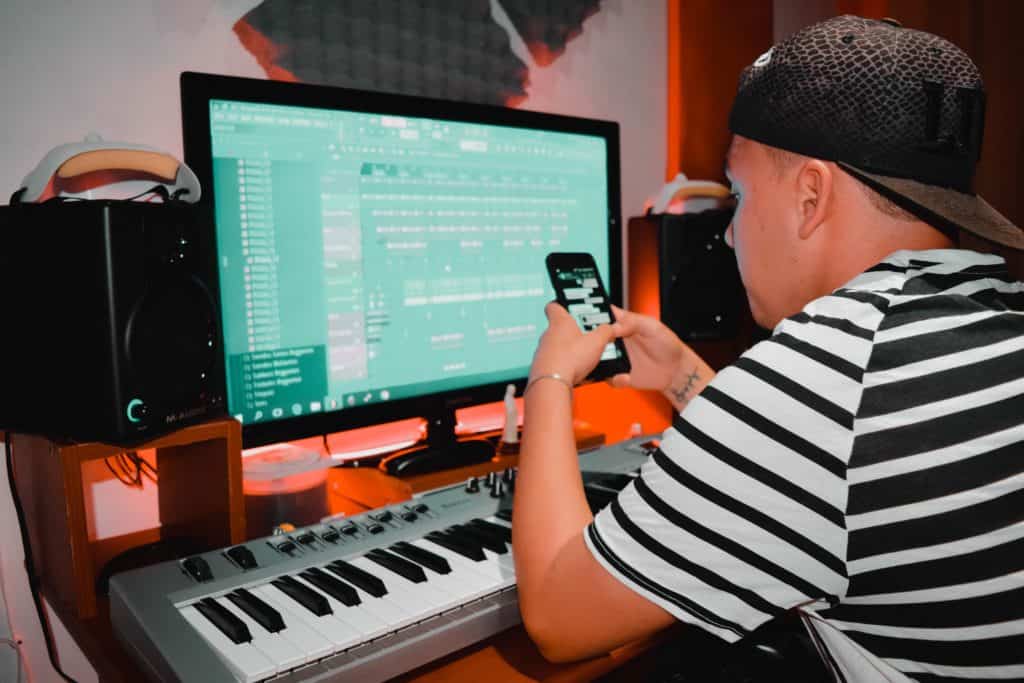
These poor expectations, namely of the time taken to produce and the quality of that music, will stop you from opening the DAW.
They are nasty beliefs that invade your mind and convince you not to take action.
How to manage time expectations:
- Work fast, and stop focussing on quality.
- This is especially true when you are new. You’re going to make bad music. So finish it fast and early, so you can start making better stuff.
- Contrary to what you might believe, quitting tracks that are half-finished won’t help you. You’re simply avoiding the skills you need to build to make good music.
- Use presets, samples and devices to speed up your workflow.
- Get over the trap of ‘being 100% original’. The whole concept is a lie.
- Half the sounds you want are available as presets or samples. Don’t spend time reinventing sounds. Spend time making new music.
- Set aside 2-3 hour sessions.
- Longer sessions allow you to make mistakes without stressing. This is important when you’re new.
- Note that you should still work fast, but having the time gap helps you to feel better about it.
How to manage music quality expectations:
- View your improvement track-on-track – you will see yourself getting better, which is encouraging.
- This one is controversial, but don’t use reference tracks. You might overcompare.
- For the record, I think reference tracks are a superb way to grow as a producer. But as a brand new producer, it might not help at all. At least in the beginning.
- Start bringing in reference tracks once you have a few songs under your belt and you feel confident in your ability to improve.
- If you ever feel like you’re being overly self-critical, stop using reference tracks for a while.
- Be process-oriented, not results-oriented.
- If you’re waiting to write a hit to enjoy music production, you’ve got it all wrong.
- The journey of music production is where the fun is at. The ability to be creative and try ideas is what you need to embrace.
Hack #7: Improve Your Skills
Getting better at music production is a feedback loop that will encourage you to work on music more.
You will start to see this once you’ve set your production habits into motion.
The more you overcome ‘dawphobia’ and work on music, you’ll start to notice that your growth as a producer begins to overpower this fear.
This is where you see producers who talk like this:

The prospect of working on music actually beings to excite you. You’re not a slave to the DAW anymore.
In other words, ‘dawphobia’ is gone. It’s not even a thought anymore.
Each time you open your DAW is another nail in the coffin for this fear. So the sooner you start, the sooner you will overcome.
Recommended: Strategies For Completing Your Tracks
The Next Step in the Chain
Once you’ve overcome ‘dawphobia’, you’re on the right track to making those songs you hear in your head.
But there are other mindset problems that will come up:
“I don’t know where to start.”
“My music’s not good enough to finish.”
“I don’t have all the plugins I need.”
Sometimes, these also contribute to us not opening the DAW in the first place, and the phobia comes creeping back in, just as we thought we were done with it.
Once again, mindset is crucial here. But this time, you need something that can guide you through the whole chain: from opening the DAW to finished tracks.
This is where our course Producer Mindset Mastery comes in. You’ll learn about:
- How to build a rock-solid creative mindset.
- The roadmap for becoming a productive, creative artist.
- The talent myth: why deliberate practice is the solution to the lies you tell yourself.
and a lot more.

